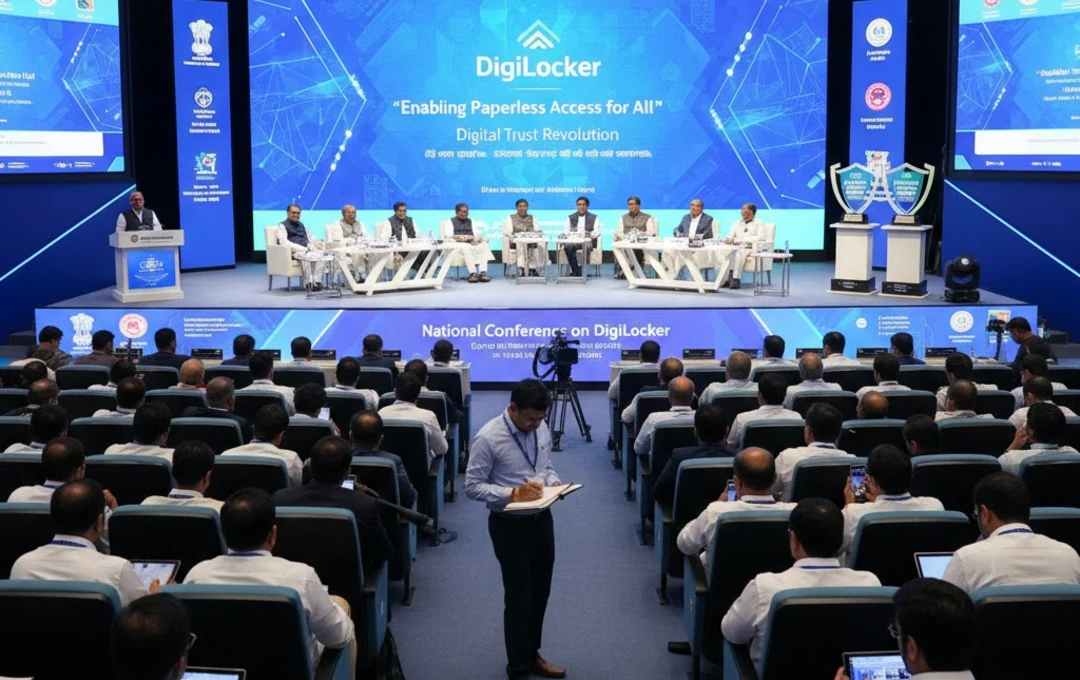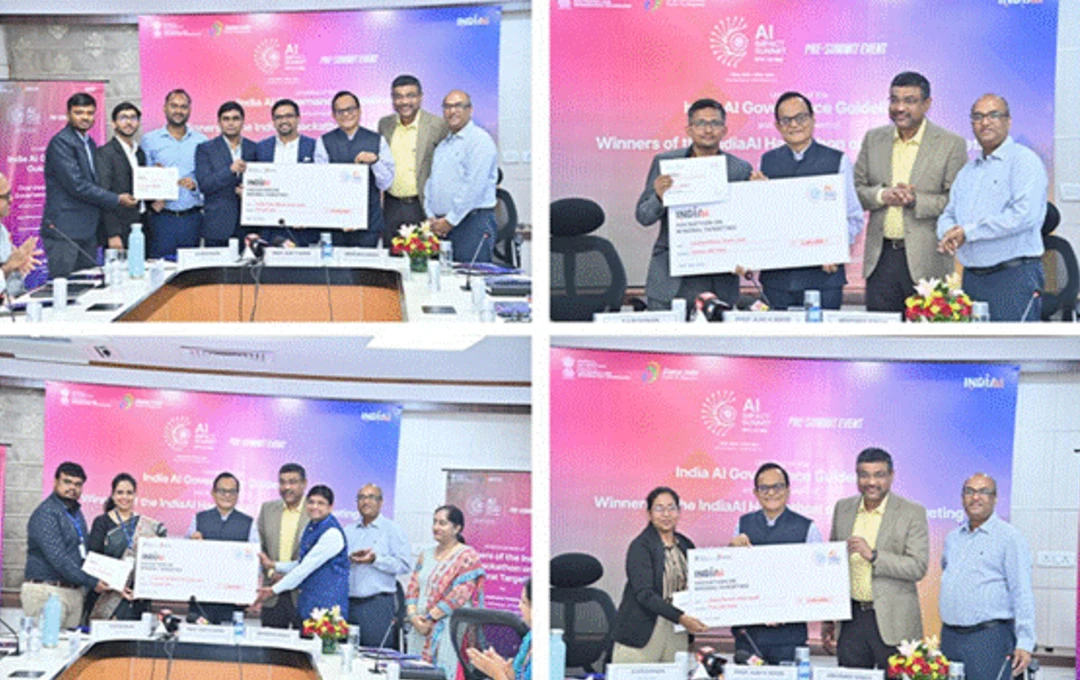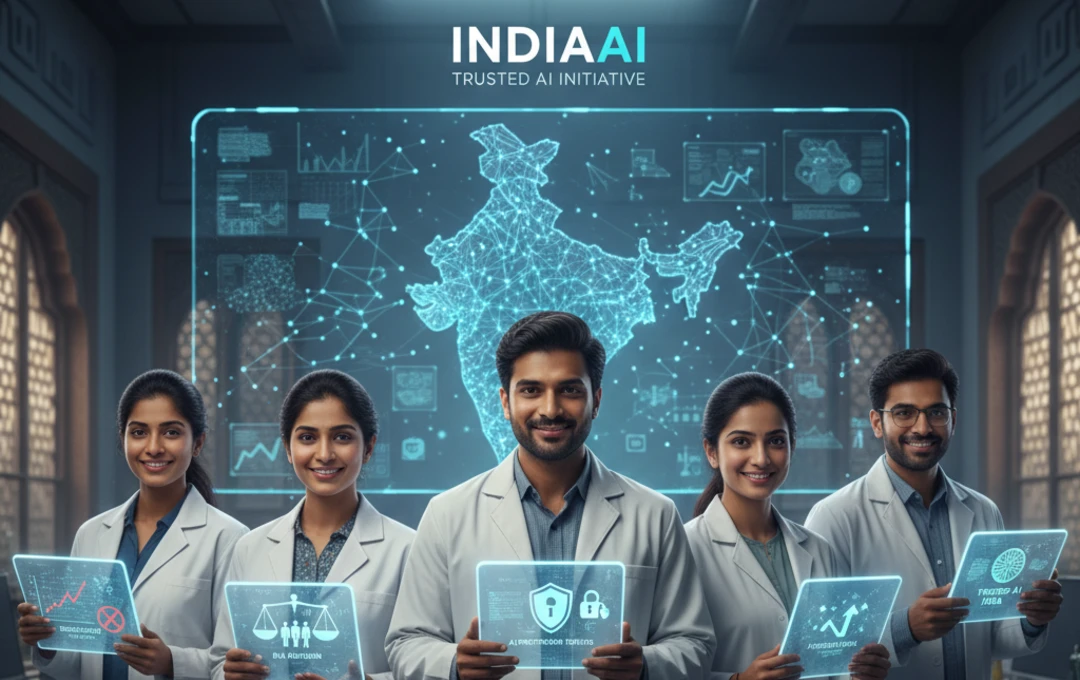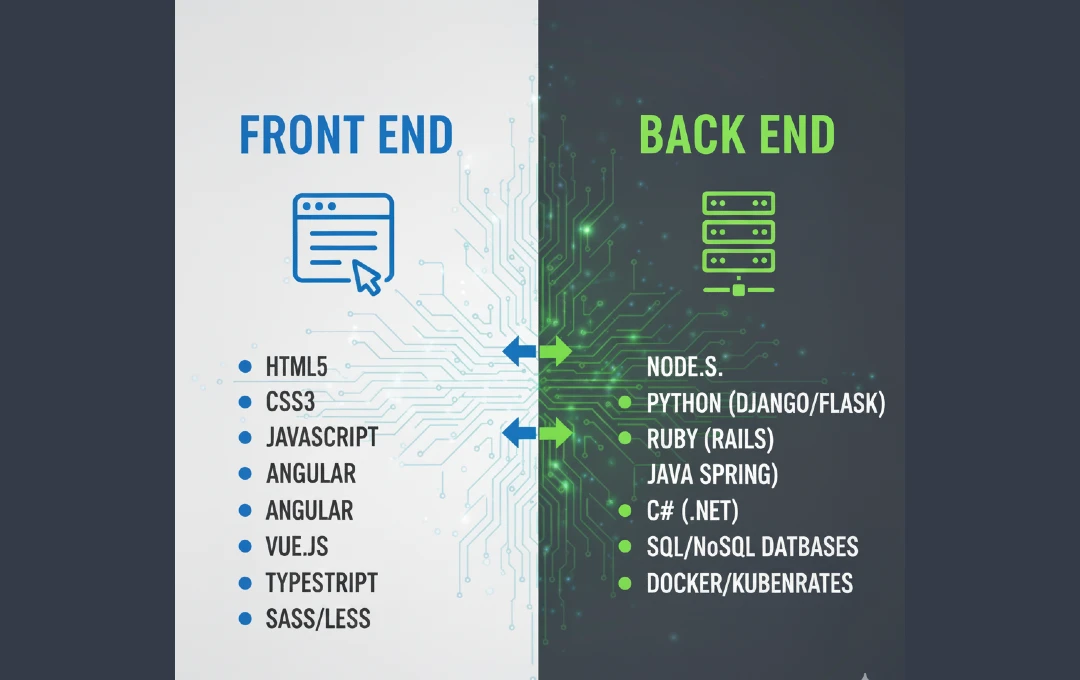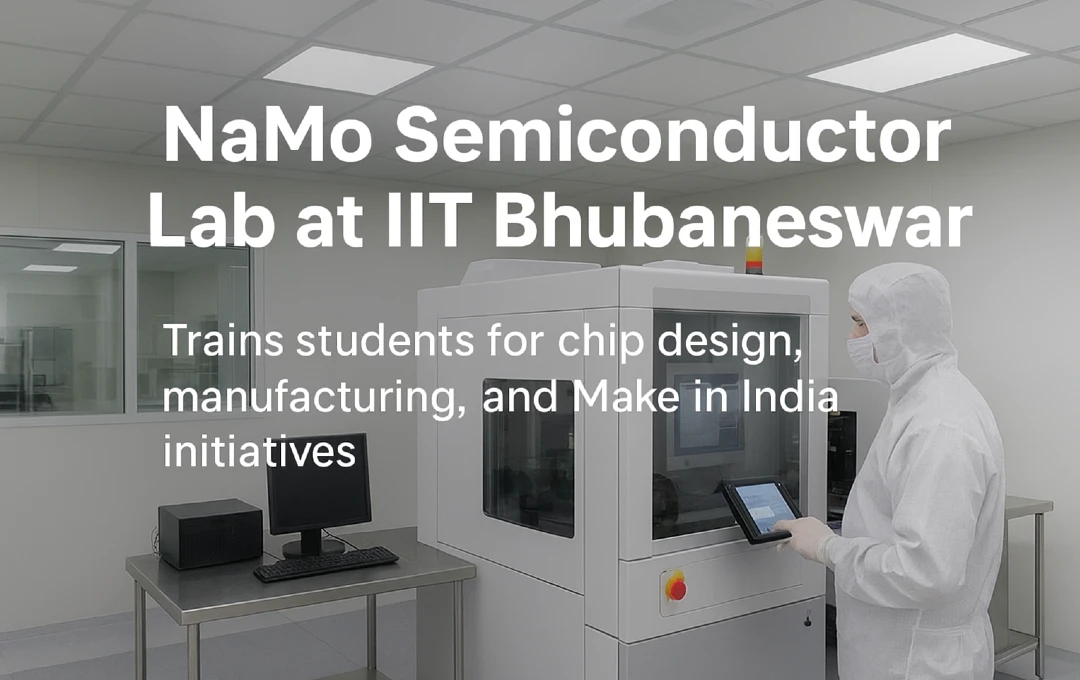Tesla Launches Fully Autonomous Robotaxi After 10 Years of Promises
Tesla's Robotaxi service has officially rolled out in Austin, Texas, offering the first public taste of fully autonomous rides. Here's a complete look at this milestone in 5 key highlights.
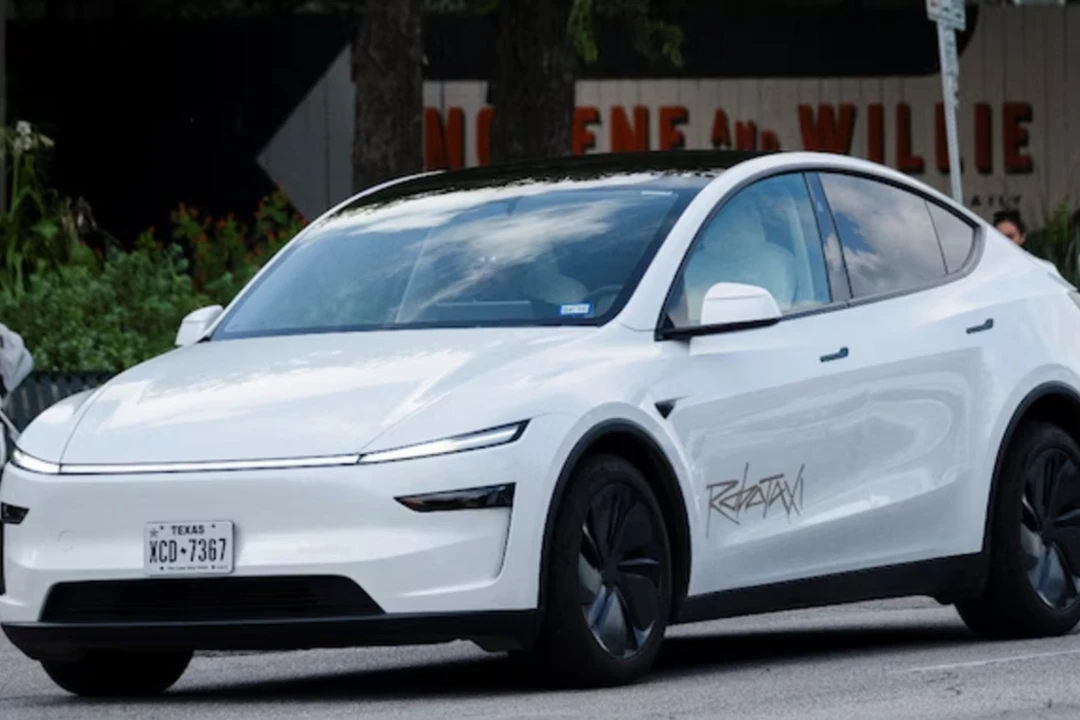
Tesla has officially launched its first phase of fully driverless Robotaxi rides in Austin, Texas-marking a turning point in the company's pursuit of autonomous mobility. After more than a decade of bold predictions, delayed timelines, and relentless scrutiny, Tesla is finally putting paying passengers into vehicles without human drivers at the wheel.
The rollout, which began quietly on Sunday, offers rides in Tesla vehicles equipped with the latest version of its Full Self-Driving (FSD) software. Notably, there's no one in the driver's seat-though a Tesla safety monitor currently rides along in the front passenger seat to oversee the system and intervene if necessary.
The ride service is available only within a limited geographic zone and is currently accessible to a small, invite-only group of users. The fare for each ride is a flat $4.20-a tongue-in-cheek pricing nod from Elon Musk, consistent with Tesla's playful branding. Users can hail a Robotaxi through the Tesla app, though the company has imposed strict eligibility and behavioral rules for riders during this early phase.
While the launch is modest in scale and heavily supervised, it represents a significant milestone for both Tesla and the broader autonomous vehicle industry. It's the first time Tesla has charged customers for rides in a car with no one behind the wheel-something competitors like Waymo and Cruise have been experimenting with, but with very different hardware approaches.
Tesla's Robotaxi program relies entirely on a camera-based vision system, without LIDAR or radar, which sets it apart from most other autonomous driving initiatives. Critics have long questioned whether Tesla's "pure vision" approach is safe or reliable enough for full autonomy. With this launch, the company is taking its biggest step yet to prove that its AI systems are ready for the real world.
Still, many hurdles lie ahead. Regulatory approval for wider deployment remains a major challenge, and public trust in autonomous vehicles is far from guaranteed. Tesla also faces ongoing scrutiny over the safety of its FSD software, which is still considered a beta product and has been linked to several investigations in the U.S.
But for now, the company has something it's never had before: a commercial Robotaxi on the road, carrying real passengers, in a real city. For Elon Musk and Tesla, it's not just another product launch-it's a bold claim that the future of self-driving cars has arrived, and it's already waiting at the curb.
